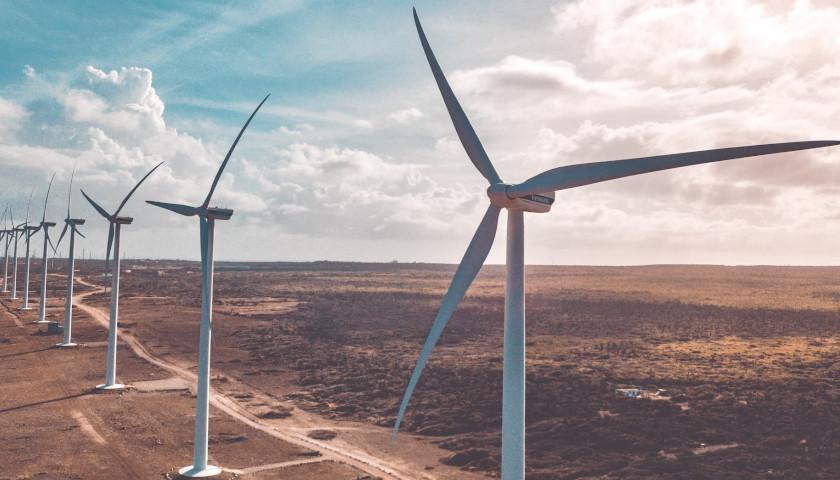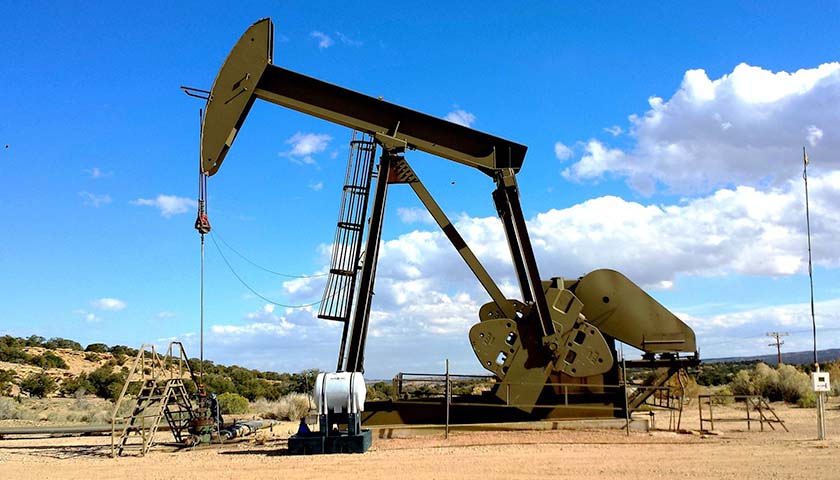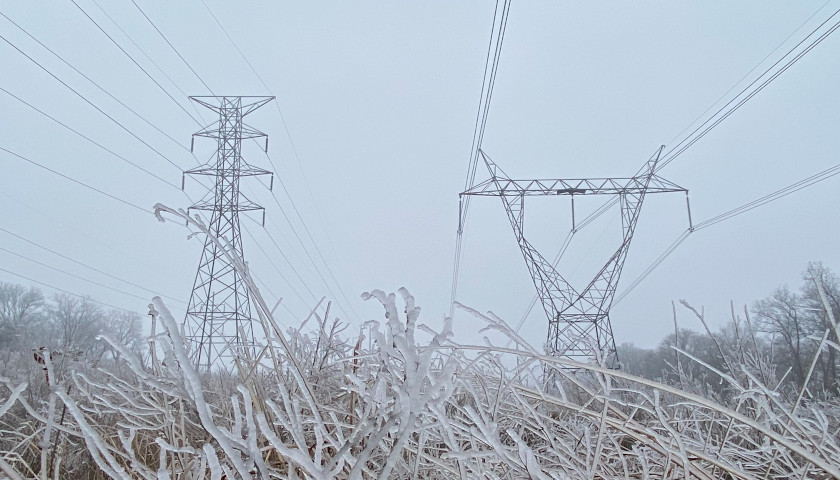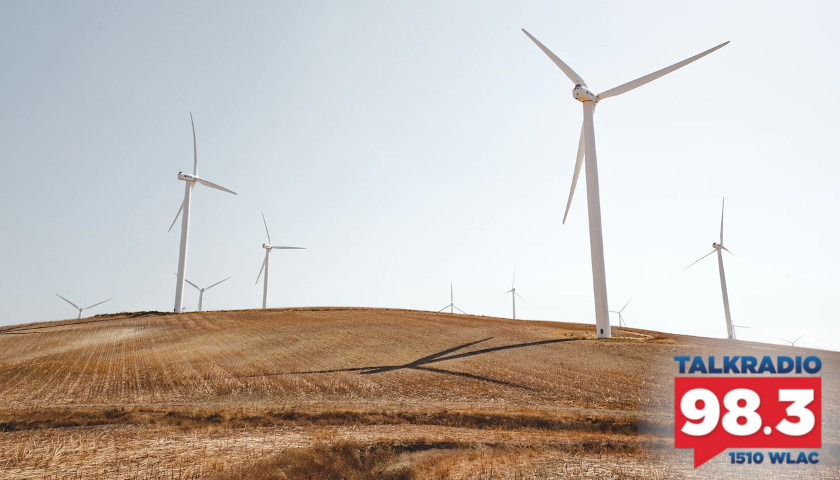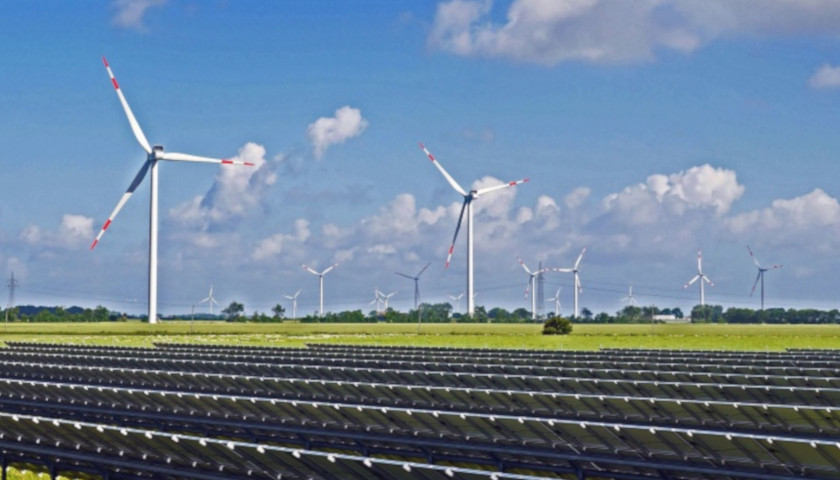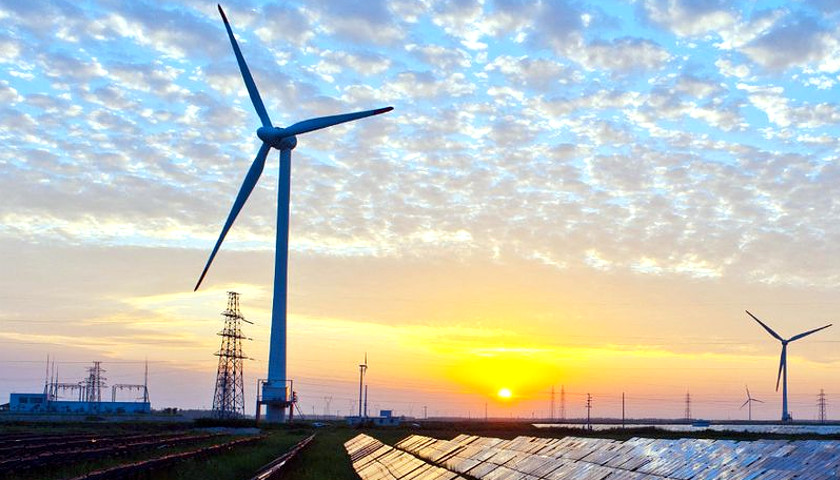Siemens Energy announced Thursday that it will be undergoing a technical review after it was found that up to 30% of its wind turbines could have faulty components, according to statements made by the company.
Siemens Energy, an international energy company that seeks to “decarbonize global energy systems,” announced that it is withdrawing its profit guidance for the year after subsidiary Siemens Gamesa found that there was a “substantial increase in failure rates of wind turbine components.” The company believes that between 15% and 30% of its installed fleets are suffering from component failures, Jochen Eickholt, CEO of Siemens Gamesa, said during a Friday morning analyst call.
Read the full story
